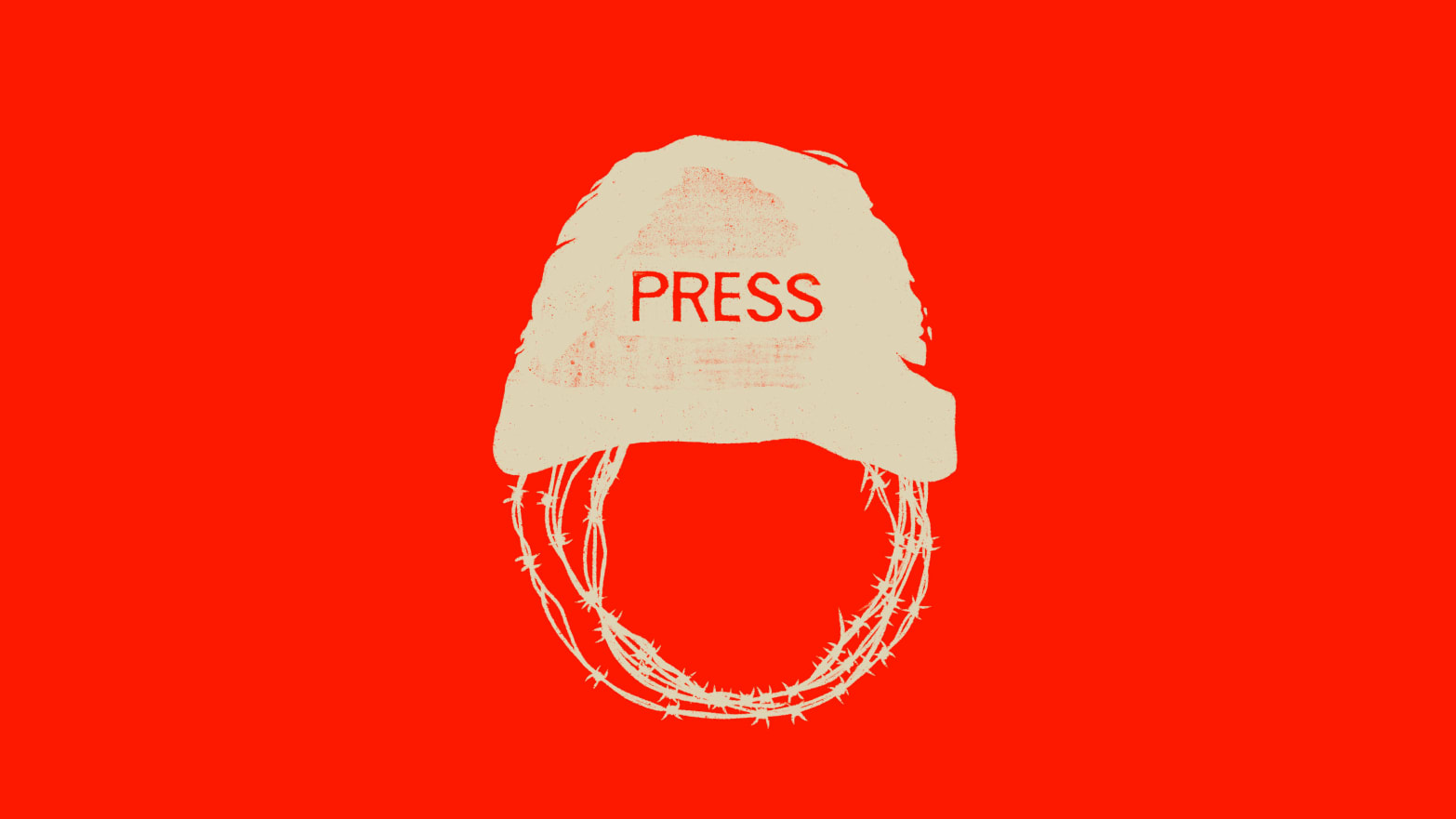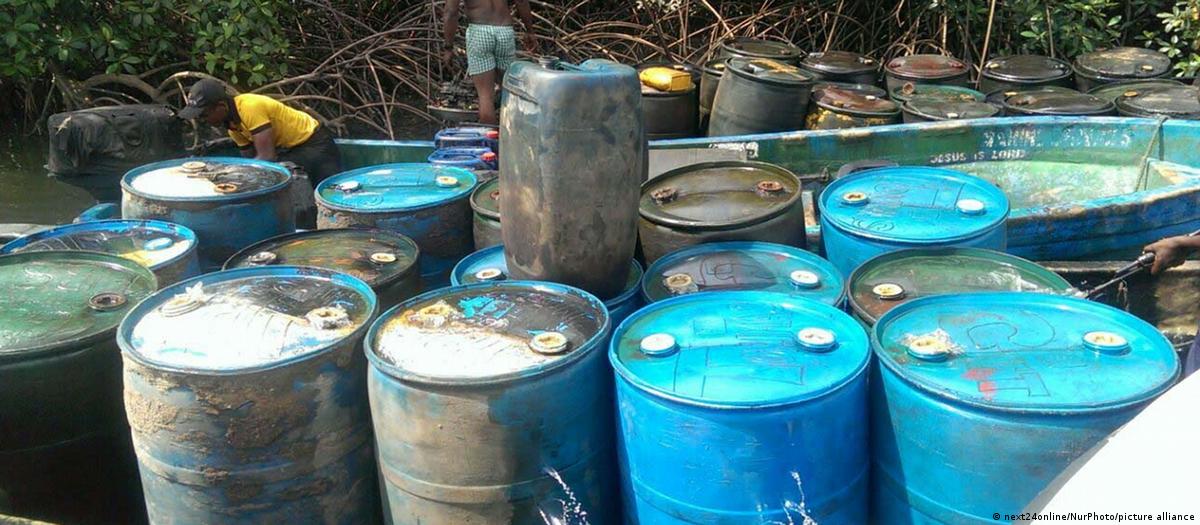NEWSWEEK
Russia’s new offensive into Ukraine’s northeastern Kharkiv region has done what months of lobbying from President Volodymyr Zelensky could not: secured Kyiv’s ability to fire advanced Western weapons at Moscow’s forces within their borders.
The Russian drive into the Kharkiv border region—where fighting is ongoing some 15 miles north of Kharkiv, Ukraine’s second-largest city and an important political, economic, and cultural center—has prompted Kyiv’s NATO backers into a flurry of diplomatic and military activity, with the result that Ukrainian cross-border strikes are now ravaging Russian forces operating in the Belgorod region.
The Russian operation along the frontier has slowed to a familiarly plodding pace, with Ukraine’s rapid deployment of reserves seemingly having headed off the danger of a significant breakthrough toward Kharkiv, a major strategic prize. Nonetheless, areas around the border town of Vovchansk are being devastated by the kind of attritional fighting now synonymous with Moscow’s forces.
“The war is still raging, the front line is still almost the same,” Ivan Stupak—a former officer in the Security Service of Ukraine (SBU) and now an adviser to the Ukrainian parliament’s national security, defense and intelligence committee—told Newsweek.
Though Russian forces have taken more than 170 square kilometers—more than 65 square miles—in Kharkiv, the lasting impact of the northeastern drive might be to make Moscow’s forces less secure.



